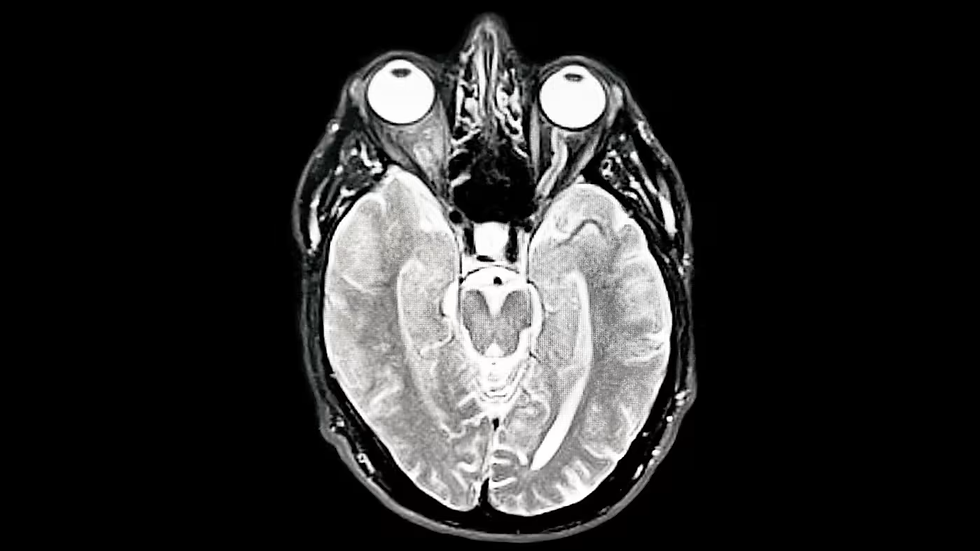Coma Cluster Shines Bright in the Southern Sky on May 16 Evening
- Melissa Santañez
- May 16
- 2 min read

On Friday, May 16, 2025, the night sky offers a remarkable opportunity to observe the Coma Cluster, a vast and dense collection of galaxies located in the constellation Coma Berenices.
What is the Coma Cluster?
Also known as Abell 1656, the Coma Cluster is one of the richest known galaxy clusters, containing over 1,000 identified galaxies. Situated approximately 320 million light-years from Earth, it spans about 20 million light-years across. The cluster's central region is dominated by two supergiant elliptical galaxies: NGC 4874 and NGC 4889. These galaxies are among the brightest in the cluster, with apparent magnitudes of 11.7 and 11.5, respectively .
How to Observe It
To locate the Coma Cluster, first find the constellation Coma Berenices, which lies between the constellations Leo and Boötes. Around 10:00 PM local time, look high in the southern sky. The cluster is situated about 2.7° west of the star Beta Comae Berenices, which has a magnitude of 4.2. Given the cluster's distance and the faintness of its galaxies, a telescope with an aperture of at least 8 inches (20 cm) is recommended for observation. Under dark skies, you may be able to discern some of the brighter galaxies within the cluster.
Why It's Special
The Coma Cluster is not only a stunning visual target but also of significant scientific interest. It's one of the densest known galaxy collections in the universe, providing astronomers with valuable insights into galaxy formation and evolution. Additionally, studies of the Coma Cluster have contributed to our understanding of dark matter, as the visible mass of the galaxies cannot account for the gravitational forces observed within the cluster.
For observers in Bacolod City, Philippines, the Coma Cluster will be well-placed in the southern sky around 10:00 PM local time. Ensure you're in a dark-sky location, away from city lights, to maximize your viewing experience.
Source: NASA Science, Earth Sky, Astronomy Magazine, StarWalk









Comments